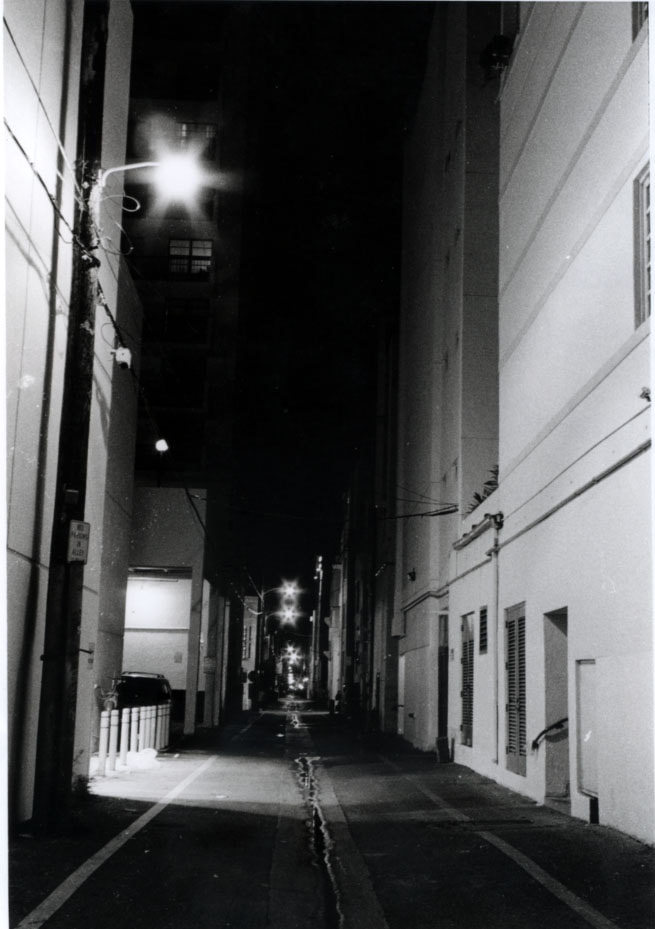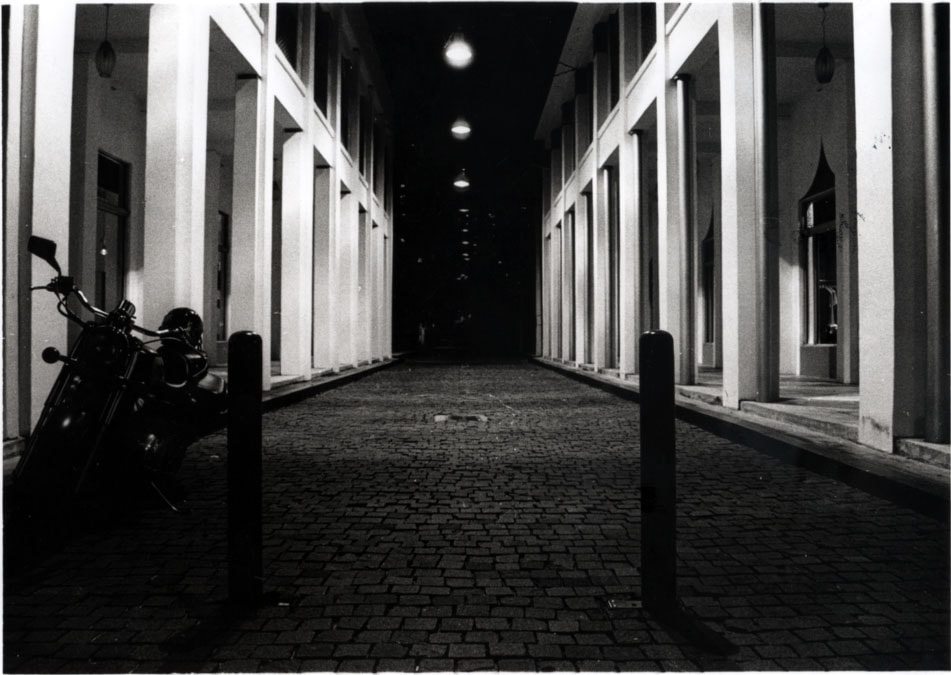- Home
-
PHOTO 1
-
PHOTO 2
-
PHOTO 3
- INFO >
- CLASS NOTES
-
ASSIGNMENTS
>
- STUDIO LIGHTS
- Composing: Creating an Abstract or Geometric Composition
- Composing: Creating an Abstract or Geometric Composition
- EMPHASIS ON COLOR THEORY
- DESIGNING IN B&W
- Formal and Informal Portraits
- CUBIST PORTRAITS
- NATURAL LIGHTING
- COMPOSITION - SCAVENGER HUNT
- STREET PHOTOGRAPHY
- MANDALA
- NIGHT
- RHYTHM & REPETITION
- PATTERNS & RHYTHM WITH LIGHT
- STUDIO PORTRAITURE
- PHOTOGRAM - MEMOIRS - THE DIGITAL VERSION
- HDR Landscapes
- PORTFOLIO
- VIDEOS
- HANDOUTS
- GALLERY
-
AP 2D ART + DESIGN
- INFO >
- SUMMER PROJECT
- SUSTAINED INVESTIGATION
- ELEMENTS + PRINCIPLES
- STUDIO LIGHTS
-
ASSIGNMENTS
>
- DESIGNING IN B&W
- COLOR THEORY
- TRIPTYCH
- SUSTAINED INVESTIGATION #1
- SUSTAINED INVESTIGATION #2
- SUSTAINED INVESTIGATION #3
- SUSTAINED INVESTIGATION #4
- SUSTAINED INVESTIGATION #5
- SUSTAINED INVESTIGATION #6
- SUSTAINED INVESTIGATION #7
- SUSTAINED INVESTIGATION #8
- SUSTAINED INVESTIGATION #9
- SUSTAINED INVESTIGATION #10
- ABSTRACT & GEOMETRIC COMPOSITION
- STUDIO PORTRAITURE
- TEXTURES & ABSTRACTIONS FROM THE...
- WEBSITE PORTFOLIO
- CLASS NOTES
- HANDOUTS
- VIDEOS
- GALLERY
- 3D ART 1
- 3D ART 2
- 3D ART 3
- Contact
OBJECTIVES and STYLE
Night visions can be dramatic, mysterious, surrealistic, or abstract. You will learn to use the low light limits of the materials and equipment.
SKETCHBOOK
In your sketchbook, research these two photographers that were known for their night photographs. Weegee (New York at Night) and Brassai (Paris at Night)
Use the handout, Photographer's Questions and include 5 of your favorite works for each photographer.
Include an interesting fact about each photographer!
HAND IN
Experiment with your negatives. Turn in one roll of 36 exposures, contact sheet, FOUR 8x10 prints.
SUBJECTS
Look for outdoor scenes that include some lighting from signs, streetlights, cars, etc. Design the light in your composition. Your night roll should depict a mood or feeling only found at night.
TAKE A LOOK AT THESE WEBSITES FOR MORE INFORMATION:
SCHOOL OF PHOTOGRAPHY
THE NOCTURNES
BEAUTIFUL EXAMPLES OF NIGHT PHOTOGRAPHY
COMMON OBSTACLES IN NIGHT PHOTOGRAPHY
PHOTO GALLERIES
IN THE DARK
WHEN
Begin shooting in the evening as soon as lights come on. Also, shoot some after there is no more daylight.
FILM
Use 400asa. Because of the experimental nature of this assignment, a second film may be needed, but don't shoot it until you see the results of the first film.
METERING
In very low light it is difficult to get a meter reading. Take advantage of your meter's lower limits. The following steps give you reliable readings in very low light.
1. Set you camera's ASA to 400. Use a tripod!!!
2. When metering, spot meter an area that has no lights. Meter the ground, etc... but make sure it's not your darkest area. You want to avoid any street lights or storefront lights in your metering.
3. Compose your image and use your correct settings.
4. If your exposure is longer than 30 seconds, open up your aperture until you have the correct exposure. Count how many stops you have opened your aperture, slow down your shutter the same amount of stops. Make sure you reset your aperture to your original choice.
AND SO ON.
For long exposures the camera is set on B. The shutter is held open with a cable release. Use a tripod.
5. When using more than one or two second exposures film has some reciprocity failure.
This means:
a. There will be a tendency toward underexposure.
b. Contrast will seriously increase because the dark areas suffer more from reciprocity failure than the light areas do.
6. Use only as much depth of field as you need to avoid exposures slower than necessary.
7. If your exposure is longer than 1 second, bracket with even longer exposure times. Longer exposure time allows developing time to be shortened. This method gives you the best chance of showing some information in the dark areas. This, of course, will mean very long exposures.
Keep records and figure out what works best for you.
REQUIRED EXPOSURE RECORD
What is your film speed? ________
Lighting conditions (type and direction)?
Film processing time and temperature.
Make a chart and write down your SHUTTER SPEED AND F-STOP.
Night visions can be dramatic, mysterious, surrealistic, or abstract. You will learn to use the low light limits of the materials and equipment.
SKETCHBOOK
In your sketchbook, research these two photographers that were known for their night photographs. Weegee (New York at Night) and Brassai (Paris at Night)
Use the handout, Photographer's Questions and include 5 of your favorite works for each photographer.
Include an interesting fact about each photographer!
HAND IN
Experiment with your negatives. Turn in one roll of 36 exposures, contact sheet, FOUR 8x10 prints.
SUBJECTS
Look for outdoor scenes that include some lighting from signs, streetlights, cars, etc. Design the light in your composition. Your night roll should depict a mood or feeling only found at night.
TAKE A LOOK AT THESE WEBSITES FOR MORE INFORMATION:
SCHOOL OF PHOTOGRAPHY
THE NOCTURNES
BEAUTIFUL EXAMPLES OF NIGHT PHOTOGRAPHY
COMMON OBSTACLES IN NIGHT PHOTOGRAPHY
PHOTO GALLERIES
IN THE DARK
WHEN
Begin shooting in the evening as soon as lights come on. Also, shoot some after there is no more daylight.
FILM
Use 400asa. Because of the experimental nature of this assignment, a second film may be needed, but don't shoot it until you see the results of the first film.
METERING
In very low light it is difficult to get a meter reading. Take advantage of your meter's lower limits. The following steps give you reliable readings in very low light.
1. Set you camera's ASA to 400. Use a tripod!!!
2. When metering, spot meter an area that has no lights. Meter the ground, etc... but make sure it's not your darkest area. You want to avoid any street lights or storefront lights in your metering.
3. Compose your image and use your correct settings.
4. If your exposure is longer than 30 seconds, open up your aperture until you have the correct exposure. Count how many stops you have opened your aperture, slow down your shutter the same amount of stops. Make sure you reset your aperture to your original choice.
AND SO ON.
For long exposures the camera is set on B. The shutter is held open with a cable release. Use a tripod.
5. When using more than one or two second exposures film has some reciprocity failure.
This means:
a. There will be a tendency toward underexposure.
b. Contrast will seriously increase because the dark areas suffer more from reciprocity failure than the light areas do.
6. Use only as much depth of field as you need to avoid exposures slower than necessary.
7. If your exposure is longer than 1 second, bracket with even longer exposure times. Longer exposure time allows developing time to be shortened. This method gives you the best chance of showing some information in the dark areas. This, of course, will mean very long exposures.
Keep records and figure out what works best for you.
REQUIRED EXPOSURE RECORD
What is your film speed? ________
Lighting conditions (type and direction)?
Film processing time and temperature.
Make a chart and write down your SHUTTER SPEED AND F-STOP.




































